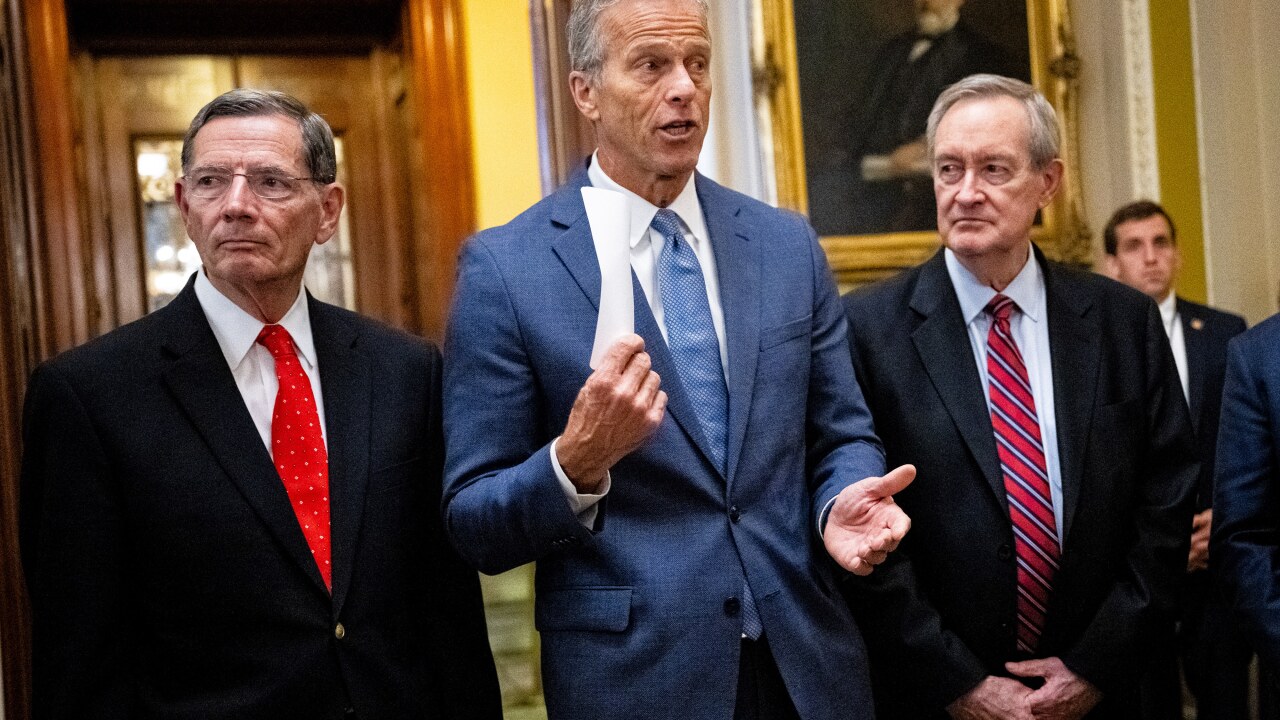Now that the industry has turned the corner on loan quality, a select few banking companies, among them Bank of America Corp. and Citigroup Inc., could be in line for an upgrade to the highest credit rating the elusive AAA.
But the ratings agencies are putting up steep hurdles, and many bankers say it is not in their best interest to try to clear them.
Normally the province of partially government-backed foreign banks and powerhouses like General Electrics GE Capital and American International Group, an AAA rating on long-term debt would at least bring certain bragging rights.
Moodys Investors Service, which gives Bank of Americas bank subsidiaries an Aa1 rating, a notch below AAA, said in December that it would not discount the prospect of issuing a more favorable rating in the future.
Moodys upgraded Citigroup and Citibank to Aa1 in October. Market speculation frequently has Citi joining the exclusive group of U.S. banks that have copped the top score. (Citibank has had an AAA rating in the past, as have Chase, PNC, and Wachovia, a Moodys source says.)
Standard & Poors, which assigns Citibank a slightly more conservative AA rating two notches away from the top spot says Citi is on its way to becoming AAA-caliber.
As we see more diversified institutions such as Citigroup weather tough cycles in good shape, the agency will not rule out AAA ratings, S&P bank analyst Tanya Azarchs said.
But the agencys stance toward upgrading any of the top-rated banks is extremely cautious, Ms. Azarchs said. Thats because to be eligible for a AAA rating, a bank must be so resistant to a credit default that it should be able to withstand a 1930s-type depression, Ms. Azarchs said.
Companies like Citigroup are on the right path, but there is not enough evidence that they can get through even mild recessions unscathed, people at the ratings agencies say.
Citis bank subsidiaries are faring OK in this pretty tough environment, but even they are a couple of steps away, Ms. Azarchs said.
Citigroup spokeswoman Christina Pretto said, We engage in a continuous and ongoing dialogue with the rating agencies to ensure they possess the information they need from us to assess our companys credit quality and to make their independent judgment regarding our rating level.
Moodys has a more positive view of the sector, assigning Citibank and a smattering of large regionals, including Wells Fargo & Co.s banks, an Aa1 rating.
But Moodys analyst Sean Jones said that, though we dont rule out an upgrade, were not reviewing any of them for such an upgrade anytime soon.
What is it worth to banks to get this distinction?
For the best-rated ones, apparently not much.
Wells Fargo treasurer Nino Fanlo said that in theory, the AAA rating would help us.
But ratings agencies are an information service to debt investors, and our objective is to minimize our borrowing costs to those investors, he said. Wells debt is trading like that of AIG and other more highly rated companies, it so it is meeting that objective because the market is the ultimate arbiter, he said.
Bank of America chief executive Kenneth Lewis gave a similar view, telling investors at a March 25 conference that getting to the AAA is not my ultimate goal.
We have increased our Tier 1 capital ratio because we felt it was important to have a fortress balance sheet, he said. If an effort to raise capital and increase liquidity takes us to an AAA rating, it happens but thats not the outcome were moving towards.
Wells position is that an AAA rating might not help and could hurt, Mr. Nino said. It may not maximize for shareholders our capital efficiency.
But Lori Appelbaum, an analyst at Goldman Sachs Group, said, To go from an AA to an AAA, theres not much of a funding cost advantage, but reputationally among equity investors, it matters.
The few foreign AAA-rated financial institutions include Bayerische Landesbank and Rabobank Nederland. These are premium, highly regarded companies, Ms. Appelbaum said. Theres a scarcity value here.





